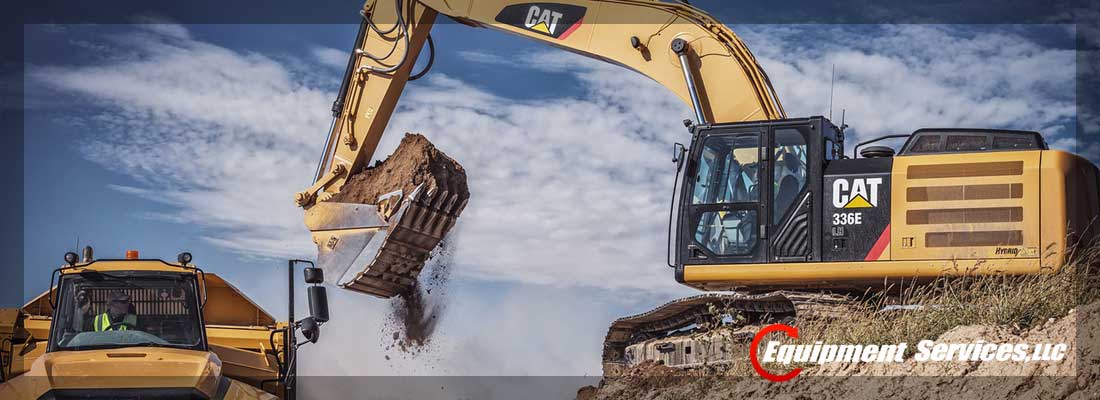Safety is top priority when heavy equipment is involved. Too many people die from mistakes made when using heavy equipment like scissor lifts. The purpose of a scissor lift is to elevate the operator and their materials to high distances. Lift heights normally do not exceed 60 feet, but this is a dangerous height that requires ample safety precautions.
Tipping and overturning can be an issue with scissor lifts, as people fail to set up the aerial work platform correctly. When setting up the man lift, the ground should be thoroughly examined beforehand. This is to make sure the ground conditions and strength are good enough for the weight of the machine. You should check for loose or uneven ground, as this breeds instability.
When a scissor lift tips, people are going to get hurt. It does not matter if they are wearing a harness or a helmet; injury is practically unavoidable when falling from great heights. This is why it is imperative to avoid tipping at all costs. Other causes of tipping often stem from human use error. Driving with the platform elevated to save time, hanging equipment on the rails for convenience, or using the guard rails as a place to sit are all examples of misuse that can destroy the scissor lift’s balance and cause it to tip.
In order to avoid tipping and overturning, be sure to follow the safety guidelines outlined in your scissor lift’s manual. Do not ignore the warning lights and alarms on the control panel of your AWP. Replace your tires often, as worn tires and other components of the scissor lift can decrease stability. Regular maintenance and repair is a great way to make sure your scissor lift is safe to use.
Exceeding the load capacity of the scissor lift is a sure fire way to cause your machine to fail. This harms the platform’s motor, supports, and balance. Either the machine will fail, or it will overturn. The manual will indicate the load capacity. In order to avoid injury and fatality, adhere to this load capacity. The weight capacity includes men, tools, equipment, and anything else that will be lifted. If you find yourself consistently meeting or exceeding the load capacity, you should consider purchasing a larger scissor lift to accommodate your needs.
Injury and death are likely to occur if the AWP guidelines are not properly followed. Indoor-rated lifts should always be used inside; likewise, outdoor-rated lifts should only be used outside. You must ensure that your fuel type is compatible with the environment to avoid disasters such as fire, explosion, leaks, and toxic fumes. Never use your scissor lift to perform a function for which it was not designed. In this case, innovation opens the door for disaster to occur.
Scissor lifts must have regular maintenance. These devices should be repaired when necessary to minimize the risk of failure. If you are in the market to rent a scissor lift, do not hesitate to give us a call. Our staff can help you find the scissor lift you need and can help explain safety protocol.

